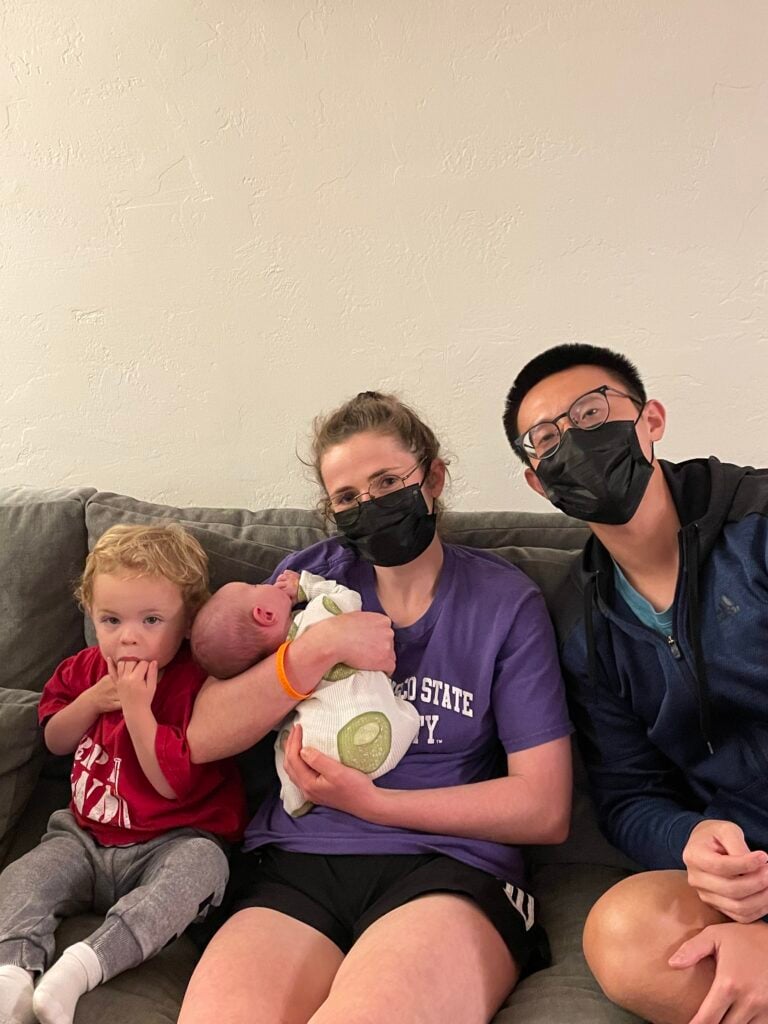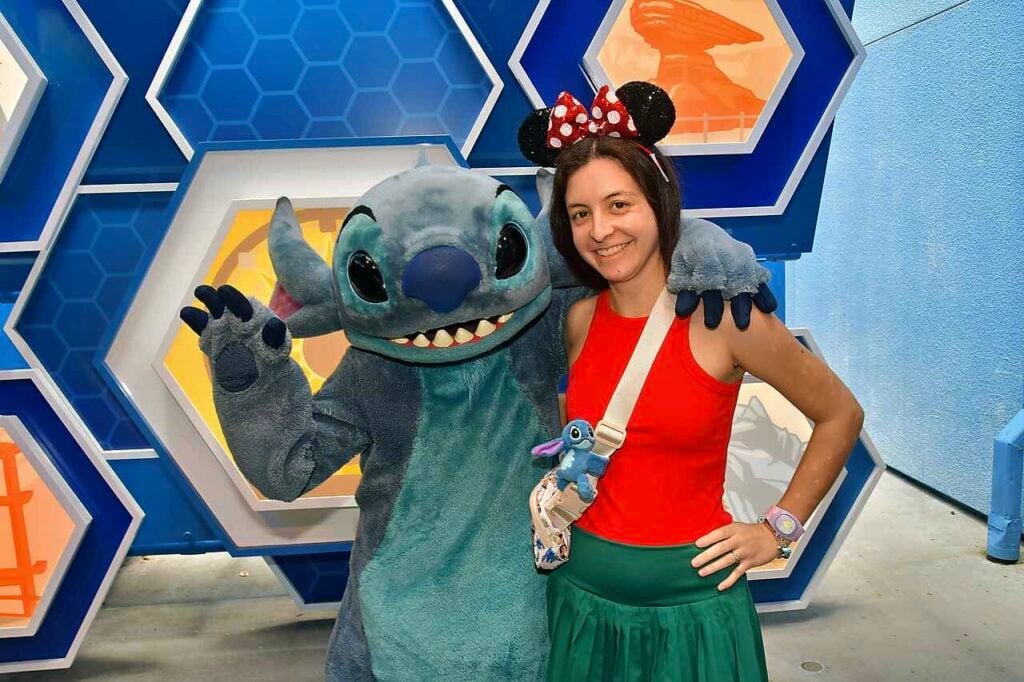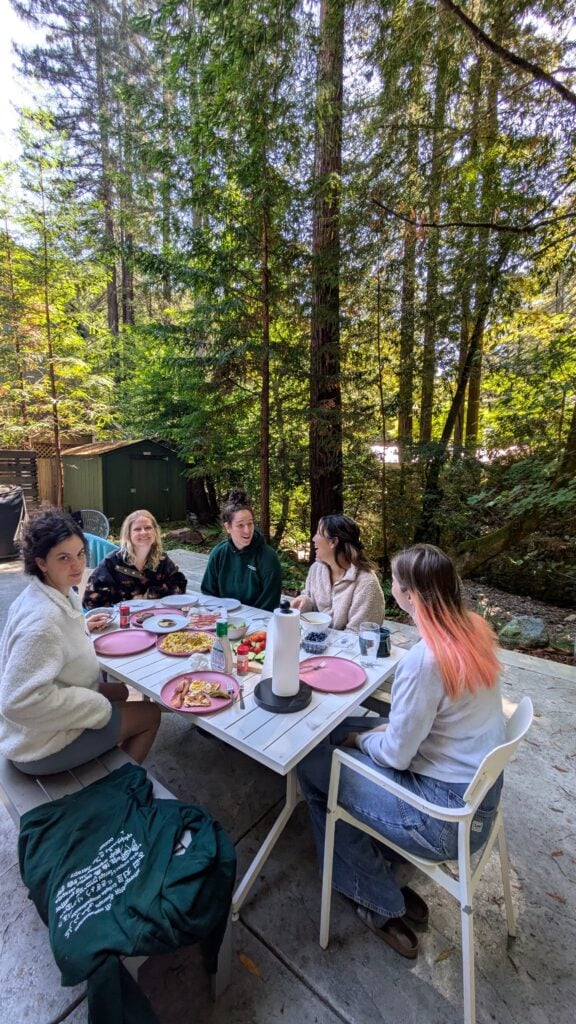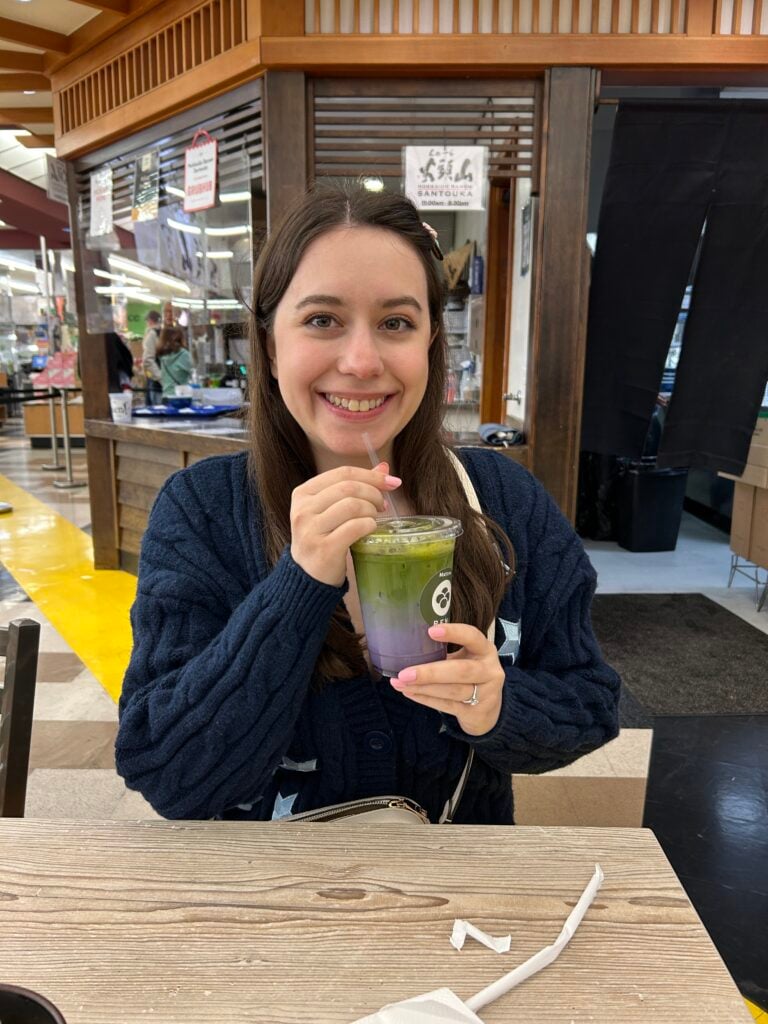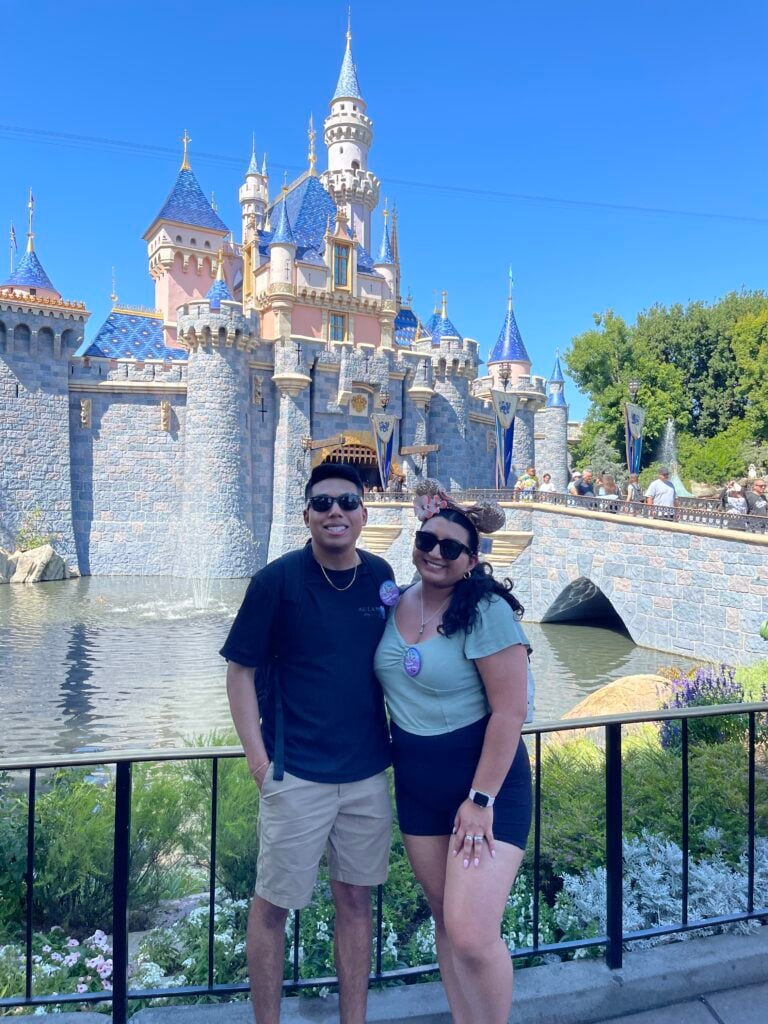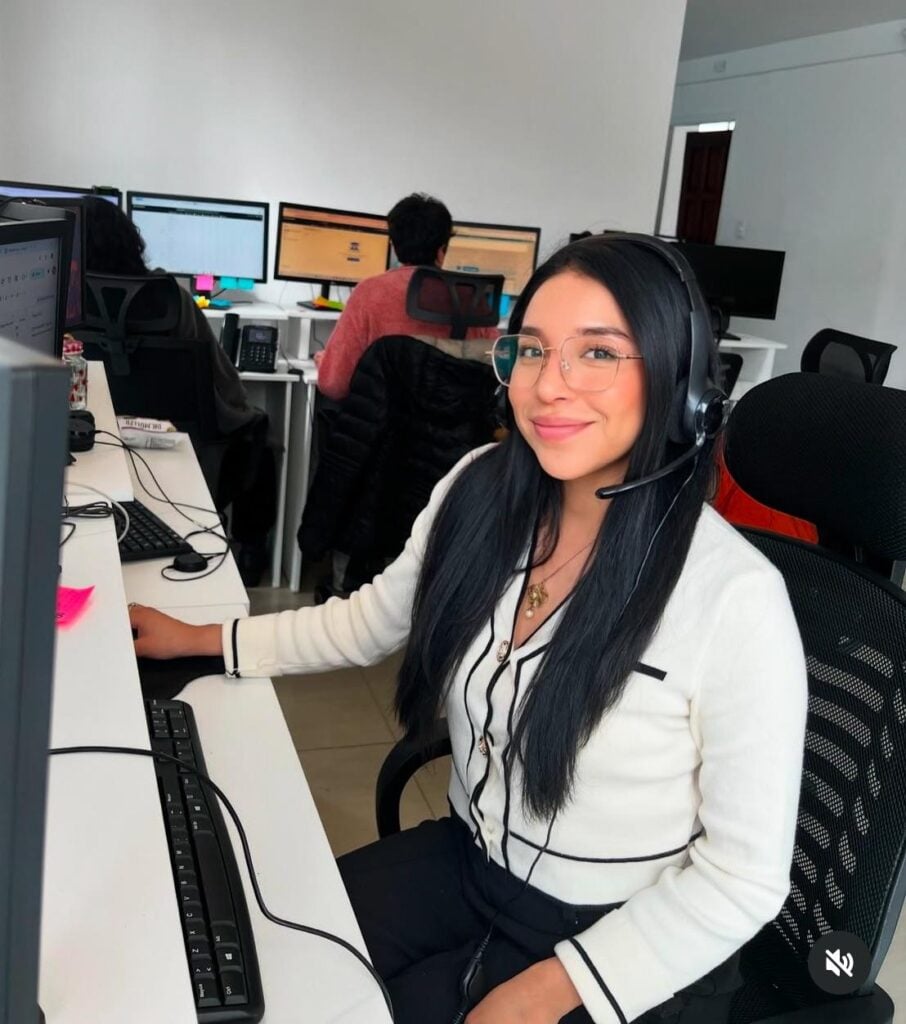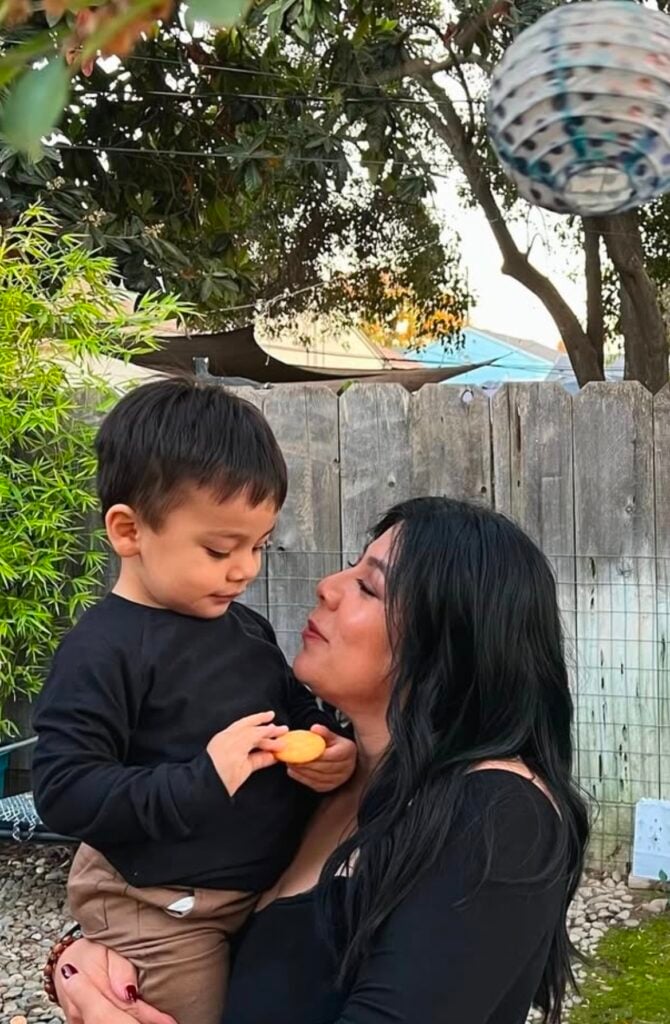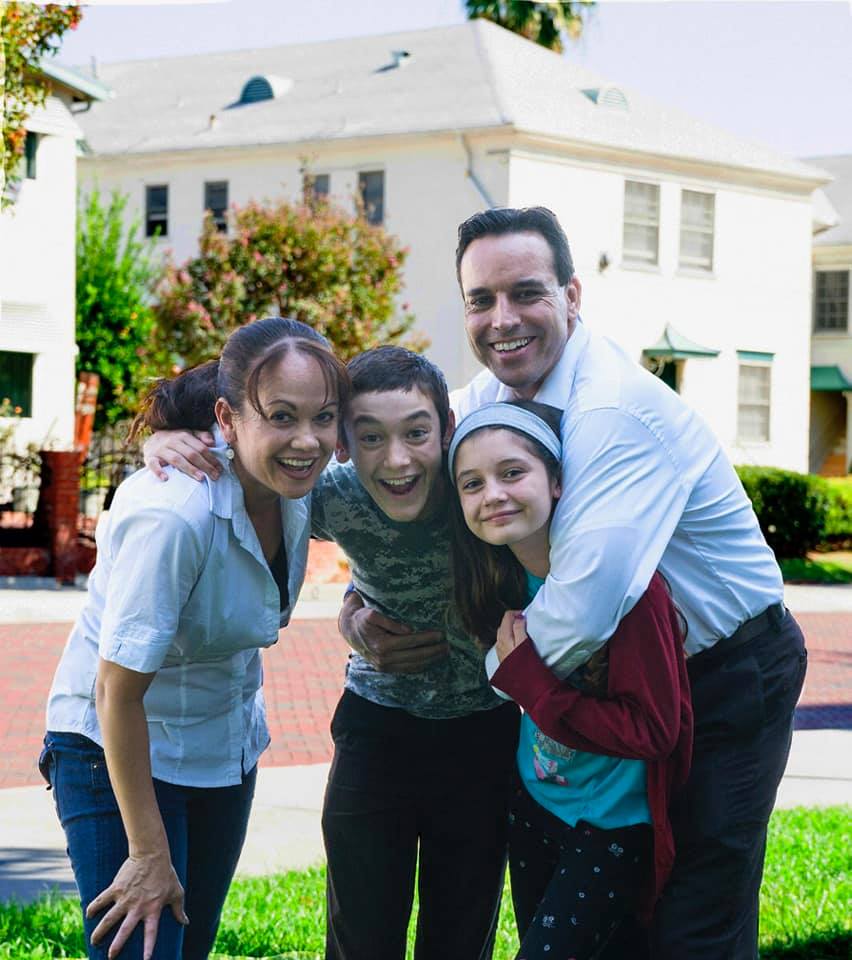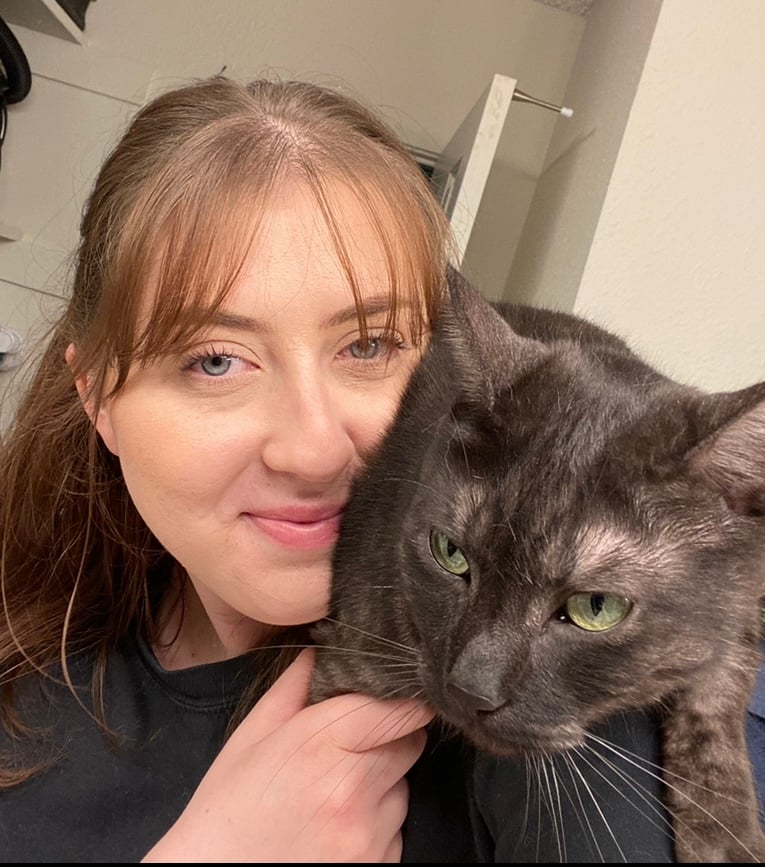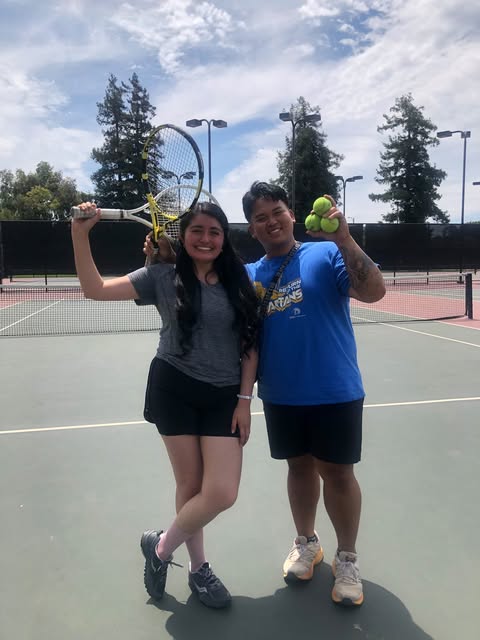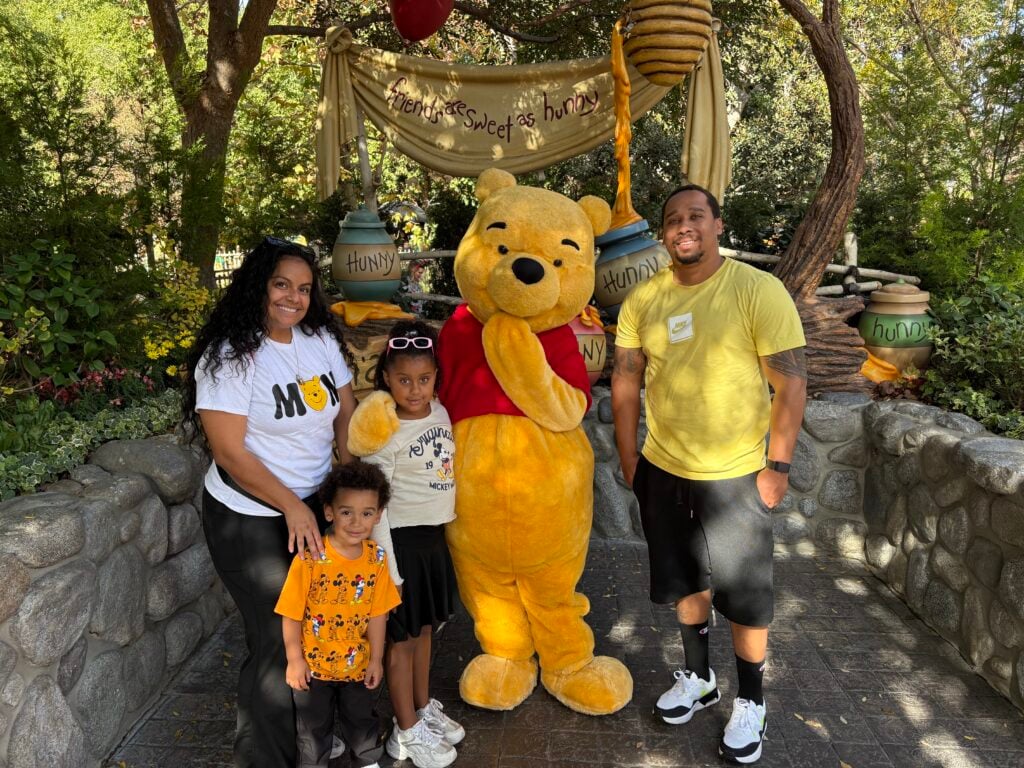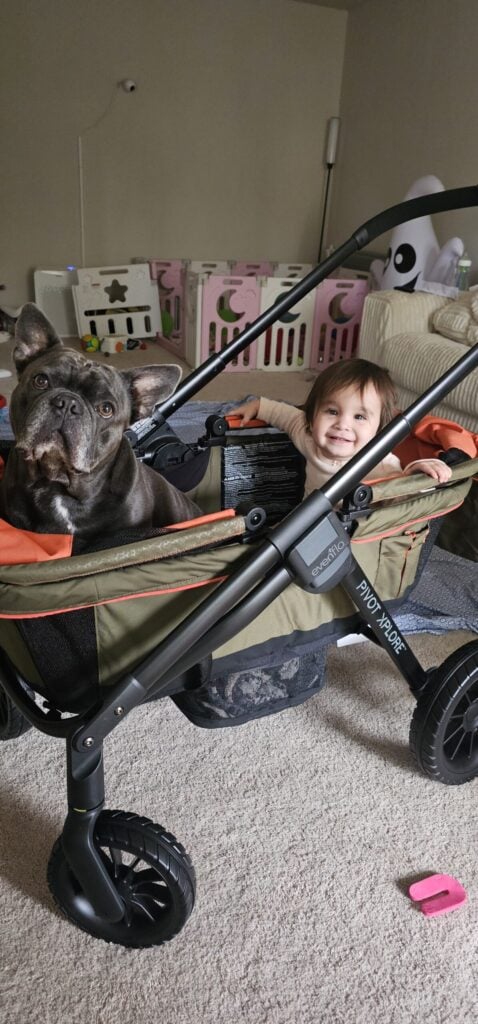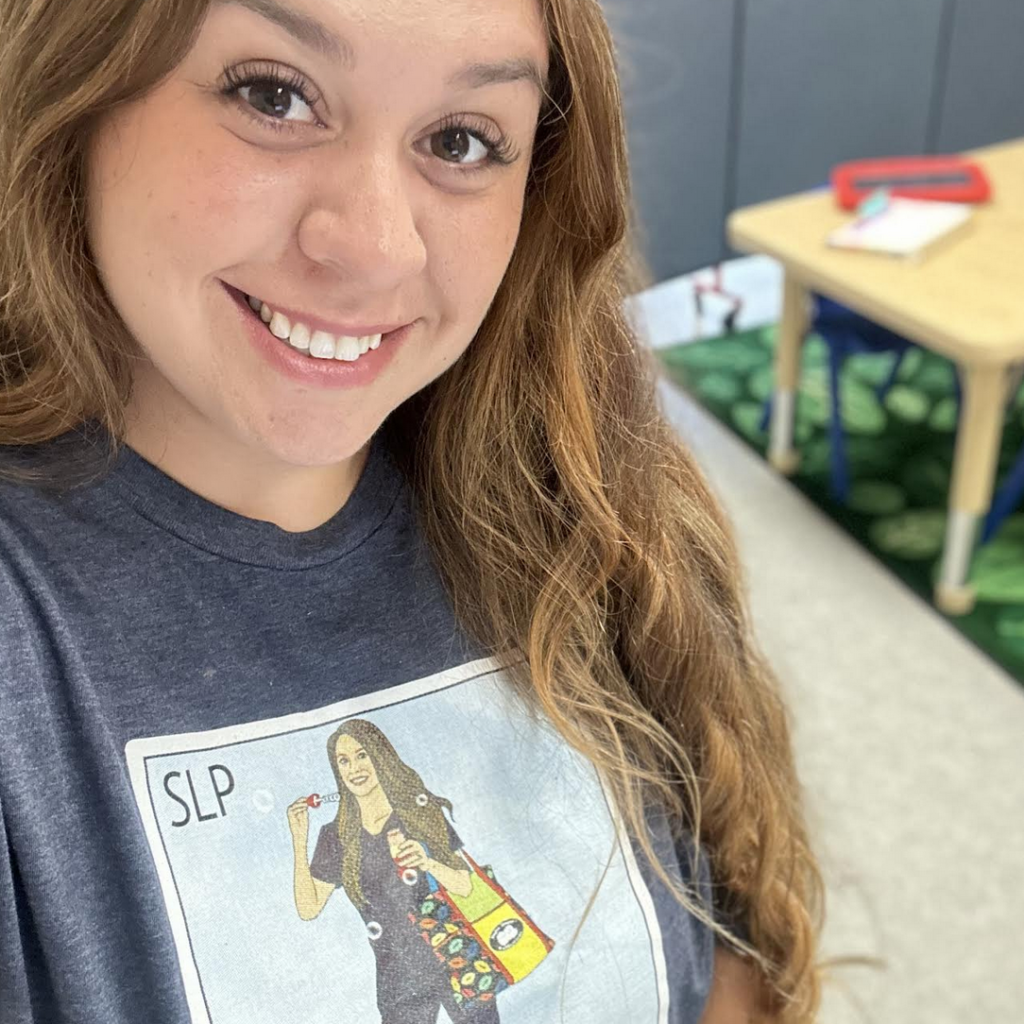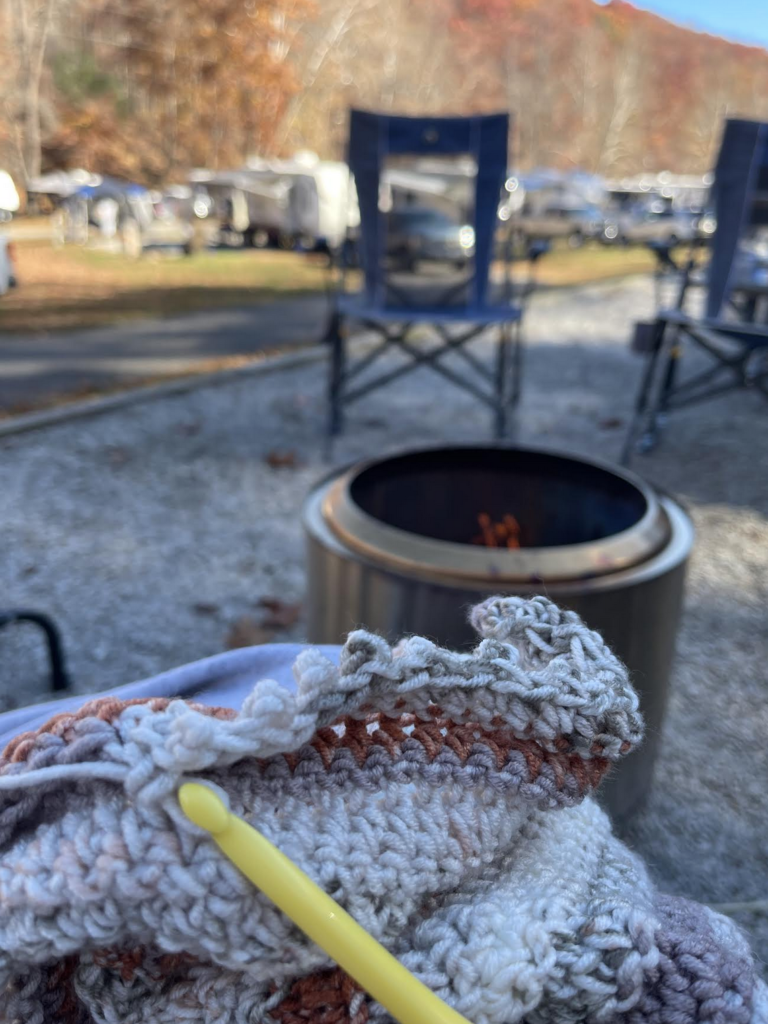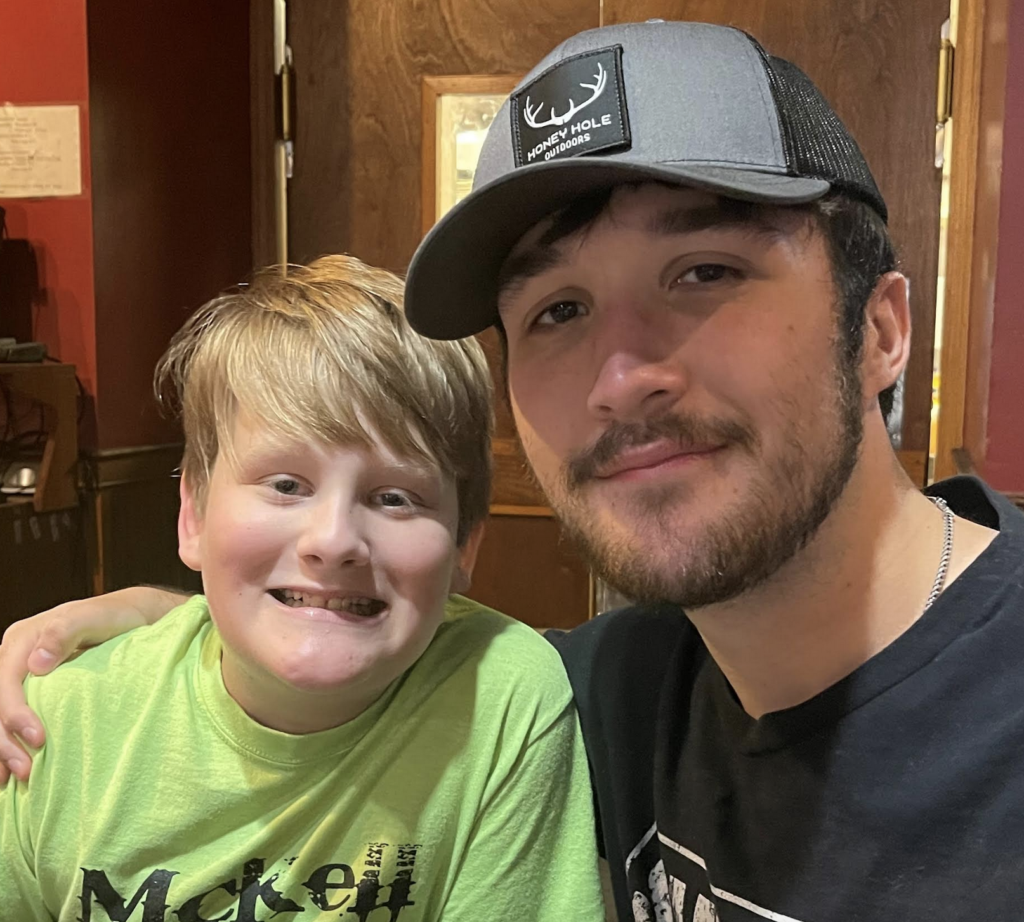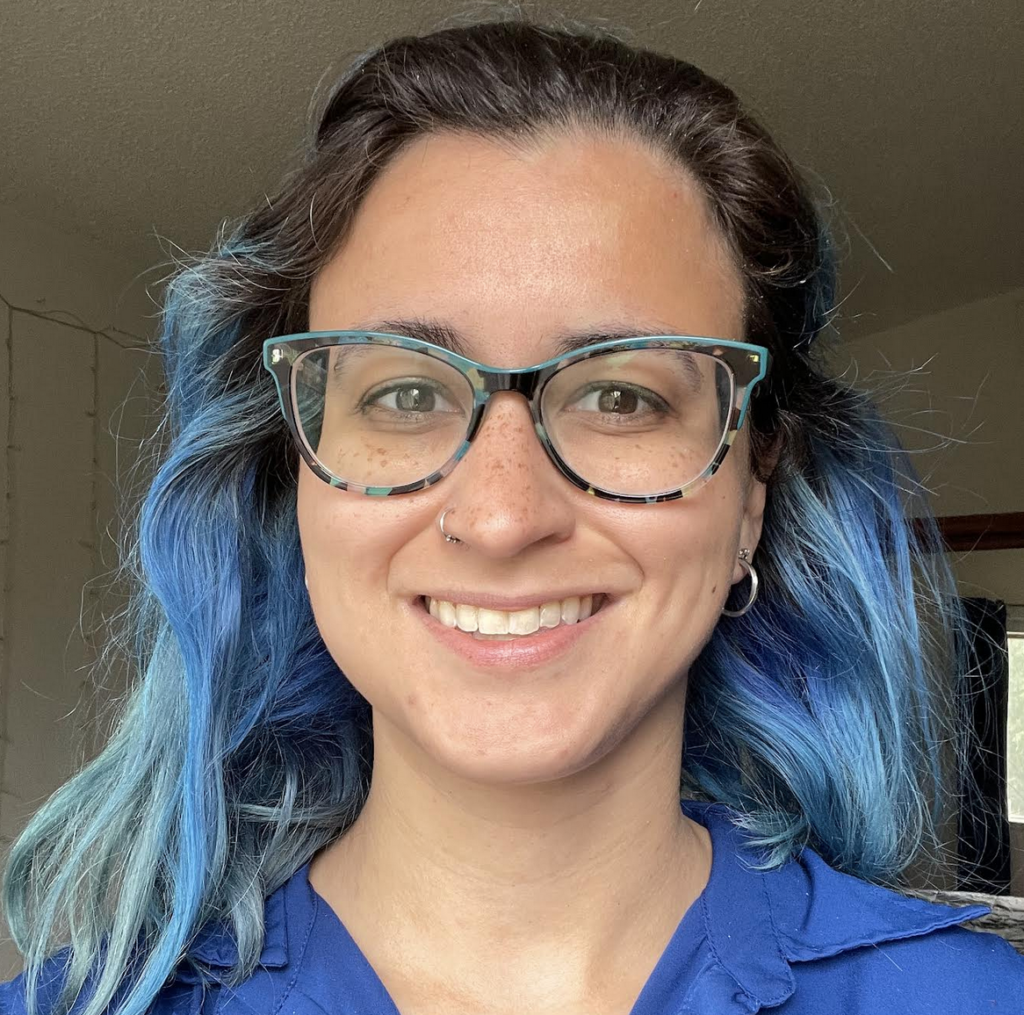At Joy & Laughter Developmental Therapy, play is never “just play.” Every activity you see in our sessions has been carefully chosen to support a child’s specific developmental goals. Whether your child is pretending to be a pilot, balancing on a beam, or building an obstacle course, there is intention behind every moment.
I’m Jenny, an occupational therapy student intern at JLD Therapy. In this article, I’ll share why our client-centered, play-based approach is so much more than fun, and how it helps children learn the skills they need to thrive.
Reason 1: Play Increases Motivation to Learn
When children are having fun, their brains release dopamine, a chemical tied to motivation and memory. That means they are more likely to take on challenges, keep practicing, and remember what they learn.
For example, if a child needs to strengthen hand or finger muscles for writing, we might bring out Play-Doh and ask them to mold pretend cookies, or use tweezers to pick up small toy animals. These activities target the same muscles as traditional hand exercises, but in a way that feels fun and meaningful.
I’ve had many kids request the same activities again and again because they enjoy them so much. Even when the tasks get harder, their motivation keeps them going, and their skills improve over time.
Reason 2: Play Builds Skills Without Pressure
Play gives children a safe, low-pressure environment to practice. To an outsider, swinging on gym equipment, bouncing on a trampoline, or crawling through a tunnel may look like pure fun. But these activities are designed to build sensory processing and self-regulation. They calm the nervous system, help children regulate their bodies, and prepare them to focus on the next part of the session.
Even simple games like UNO or Connect Four have hidden goals. They help children practice social-emotional skills such as sharing, turn-taking, flexibility, and tolerating frustration when things do not go their way.
Play also allows room for mistakes. In this environment, there are no negative consequences for trying and failing. Instead, children feel comfortable enough to keep practicing, which leads to growth.
Because play feels natural, children are more willing to engage than if the same skills were presented as adult-led work. This approach is also more inclusive because it gives every child the chance to participate without feeling pressured.
Parents can use this strategy at home, too. For example, to build fine motor strength, cut a small slit in a tennis ball to make a “mouth,” then let your child use tweezers to feed the ball pompoms or mini-erasers. The activity feels like a game, especially if you play alongside them. When parents join in, children feel more connected and engaged, and the practice no longer feels like a demand but shared fun.
Reason 3: Kids Learn More When They’re Having Fun
Research from the American Academy of Pediatrics shows that play is not just fun, it is essential for healthy brain development. Play-based approaches support problem-solving, adaptability, and attention skills that last over time.
In our clinic, this might look like turning an attention and memory task into a scavenger hunt. Children receive directions and clues, then work with a peer to find items. Along the way, they practice communication, teamwork, and working memory by recalling instructions and staying focused.
Because the activity feels like play, children stay engaged, adapt when things do not go as expected, and learn to problem solve in real time.
Reach Out to JLD Therapy
When you see your child pretending to be a pilot, building a tower, or zooming through the gym, remember it is not just play. It is therapy with purpose, designed to build the skills they need for healthy development.
At Joy & Laughter Developmental Therapy, we believe learning happens best when joy leads the way. To learn how our play-based approach can support your child, call us today at (408) 337-2727, reach out via our website or stop by the clinic.









